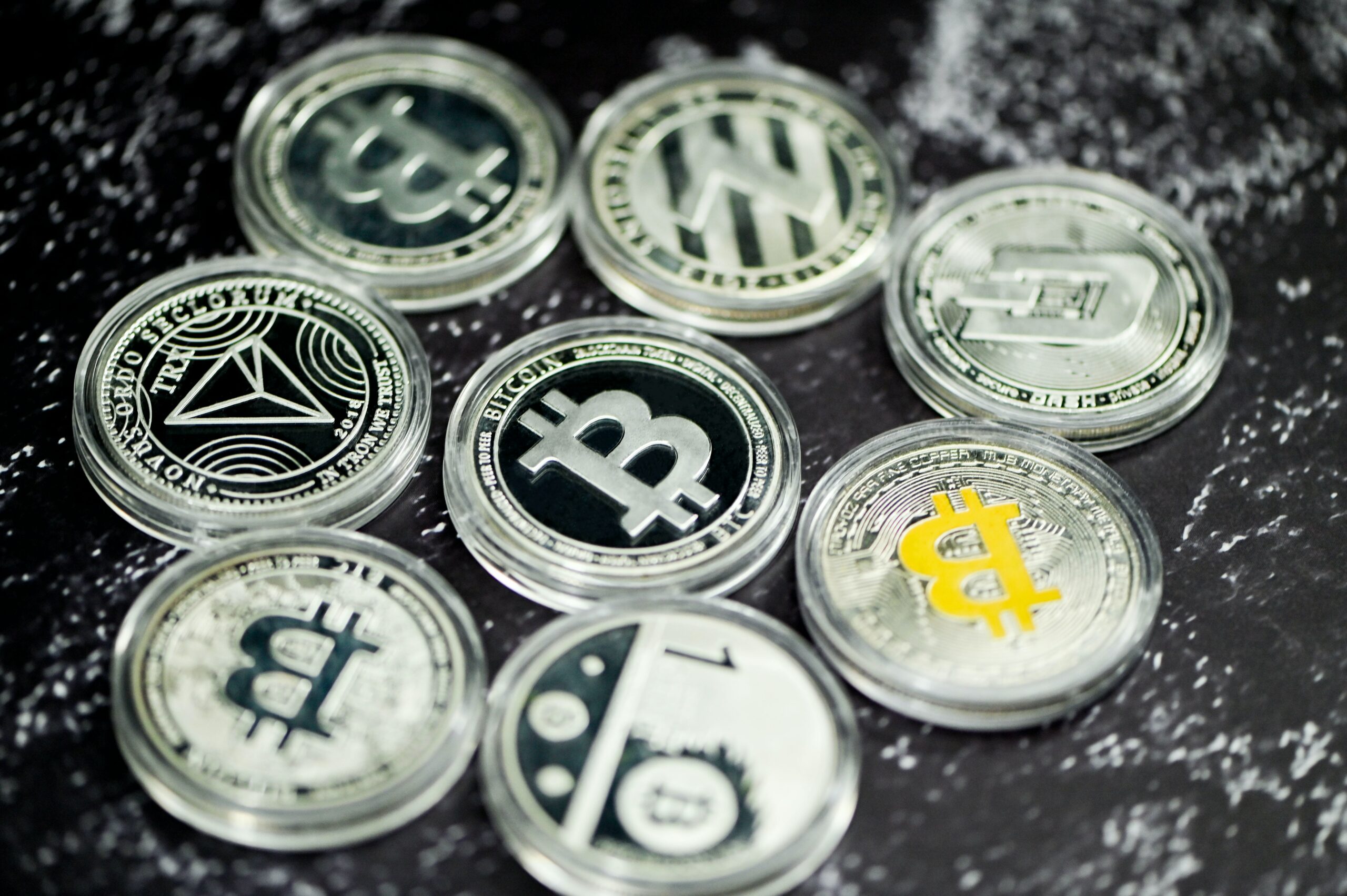The Bitcoin ecosystem is dynamic and continually evolving, with innovations like Segwit, Lightning, and Taproot shaping its trajectory. The most recent development, “bitcoin Ordinals,” has sparked both excitement and skepticism within the network. This article delves into the basics of Ordinals, offering insights into what users should know about this novel addition.
Key-Points
- They enable users to inscribe data onto the smallest unit of bitcoin, the satoshi, intertwining this data with Bitcoin’s decentralized and globally verified ledger.
- The name ‘Ordinal’ is derived from their creation method, resembling ordinal numbers in set theory. Each satoshi can be subdivided into 100 million smaller units known as satoshis or sats.
- While long-term implications are yet to be fully realized, Ordinals have reignited conversations about Bitcoin’s fundamentals. Their adoption and usefulness will depend on how challenges are addressed by the community and developers.
Table of Contents
Understanding Bitcoin Ordinals
Introduced in early 2023, Ordinals represent a novel utilization of Bitcoin’s blockchain. They enable users to inscribe data onto the smallest unit of bitcoin, the satoshi, intertwining this data with Bitcoin’s decentralized and globally verified ledger. This innovation draws parallels to Non-Fungible Tokens (NFTs) but signifies a departure from Bitcoin’s traditional use case.
The Concept of Ordinals
The name ‘Ordinal’ is derived from their creation method, resembling ordinal numbers in set theory. Each satoshi can be subdivided into 100 million smaller units known as satoshis or sats. Ordinals distinguish these sats by attaching unique data directly embedded onto the blockchain, assigning a specific ordinal number based on the order in which the sat was mined.
Classification of Sats: A Unique System
Ordinals introduce a classification system for sats, varying from common to mythic based on their origins. This system, akin to video game conventions, categorizes sats based on factors like their place in a transaction block, occurrence after difficulty adjustments, or proximity to halving events.
Bitcoin Inscriptions and Digital Artifacts
The buzz around bitcoin Ordinals revolves around “Inscriptions,” where digital artifacts are created by inscribing content onto sats. Leveraging soft fork upgrades like SegWit and Taproot, these inscriptions utilize the blockchain’s witness data, making files such as images or videos immutable, decentralized, and directly stored on the Bitcoin base layer.
Impact on Blockchain Activity
The popularity of bitcoin Ordinals has significantly increased blockchain activity, leading to substantial trading volumes on platforms like Binance and OKX. However, this surge has also impacted Bitcoin’s transaction fees, causing controversy due to additional block space requirements and potential network congestion.
Controversies Surrounding Ordinals
Critics highlight concerns about substantial block space consumption and potential network congestion, leading to longer transaction confirmation times. This also introduces a transaction fee affordability barrier, particularly affecting unbanked regions heavily reliant on the Bitcoin network. Post-Ordinals launch, average block sizes and transaction fees notably increased.
Proponents’ Perspective: Boosting Bitcoin’s Security Model
Proponents argue that the market demand for bitcoin Ordinals could benefit the infrastructure by driving demand for block space and elevating transaction fees. These higher fees might provide additional income for miners, potentially strengthening Bitcoin’s security model, especially in anticipation of halving events.
Profitability for Miners
Despite controversies, Bitcoin miners have reaped significant profits from increased transaction fees associated with bitcoin Ordinals. This income surge acts as a crucial buffer, particularly in light of the upcoming Bitcoin halving, which will reduce mining rewards. Ordinals have proven profitable, providing miners with a reliable source of income.
Challenges to Bitcoin’s Core Principles
While some view bitcoin Ordinals as a natural progression of Bitcoin’s capabilities, others perceive them as a deviation from its core principles. Concerns about efficiency and scalability arise due to Ordinals’ direct on-chain validation, consuming considerable block space and potentially leading to blockchain ‘spamming.’
Developer Dissent and Code Vulnerability
Bitcoin developer Luke Dashjr has registered bitcoin Ordinal inscriptions as a code vulnerability, citing concerns over bypassing data carrier size limits. This move has sparked resistance from other developers, reflecting a divided opinion on the future direction of Bitcoin’s development.
Bitcoin’s Antifragility in the Face of Change
Despite controversies, Bitcoin’s network has demonstrated resilience and adaptability, often described as ‘antifragility.’ The network has absorbed shocks introduced by bitcoin Ordinals and emerged stronger. The ongoing debate reflects a broader conversation about Bitcoin’s direction and purpose as it continues to mature.

The Uncertain Future of Ordinals
As the debate persists, the future of Ordinals and their role in Bitcoin’s ecosystem remains uncertain. While representing a significant innovation, Ordinals challenge the network’s efficiency and scalability. The discourse extends beyond Ordinals, reflecting a broader conversation about Bitcoin’s purpose and evolution.
Conclusion
Ordinals mark a pivotal moment in Bitcoin’s history, introducing versatility and new functionalities to the network. While long-term implications are yet to be fully realized, Ordinals have reignited conversations about Bitcoin’s fundamentals. Their adoption and usefulness will depend on how challenges are addressed by the community and developers. Regardless, Bitcoin’s ability to adapt and iterate remains a testament to its status as hard, immutable cyber energy.









